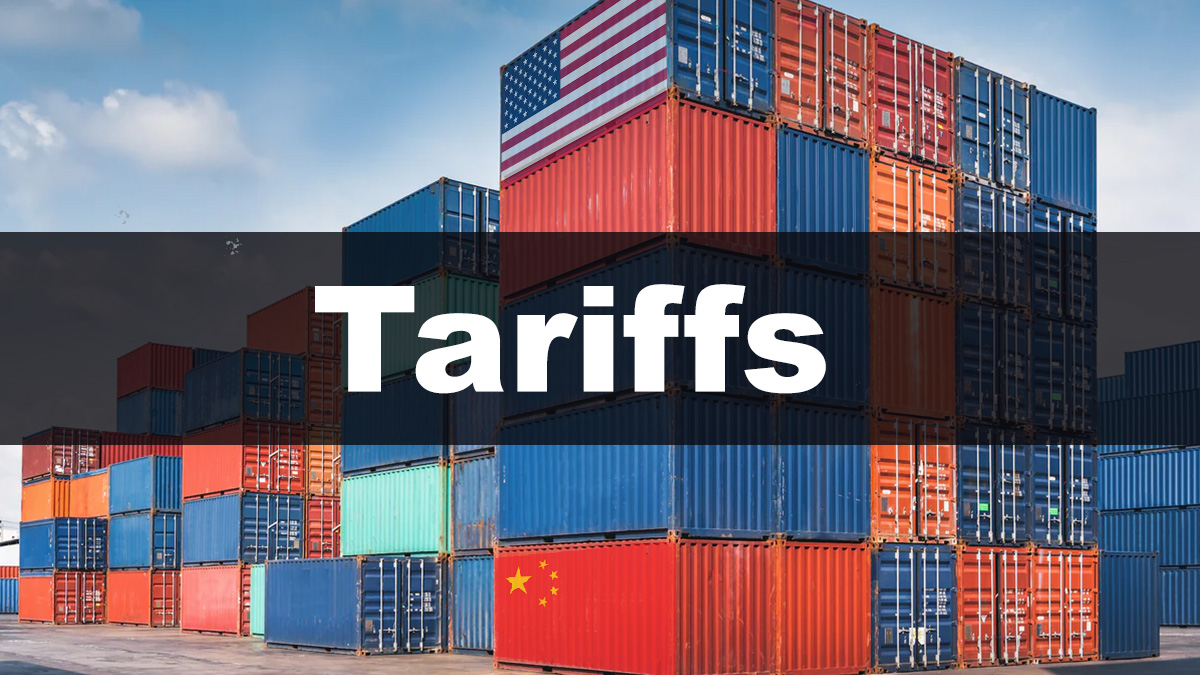Article by Laura Darrell, author of The Principles of Franchisee Success and the newly released Franchisee Success Series.
I’ve spent my career on both sides of the franchising table — leading operations for large multi-unit franchisees and serving at the executive level inside some of North America’s biggest franchisor head offices. That dual perspective taught me something few people ever see: what really goes on behind the scenes of a franchise system, and how those unseen forces ripple directly into the daily reality of franchisees.
And here’s the truth — none of it is covered on Discovery Day. The polished presentations and glossy brand decks you’ll see there are only part of the story. Beneath them is a complex web of competing priorities, investor pressures, hidden incentives, and internal debates that shape the strategies and policies handed down to your business.
If you want to stop reacting to those decisions and start anticipating them, you need to understand what’s happening behind the curtain. Here are five forces quietly shaping your business from the franchisor’s side — and how knowing about them can give you a serious edge.
- The Influence of Investors and Ownership Structures
Many franchise systems today are backed by private equity or other outside investors. That’s not inherently good or bad — investment capital can fuel growth, innovation, and brand visibility. But it also introduces priorities you might never hear about directly.
Investors often operate on timelines. A five-to-seven-year exit strategy can influence everything from how aggressively new units are sold to how much is spent on support infrastructure. Leadership decisions you feel at the store level — new technology, refreshed branding, even supply chain changes — may be driven not just by what’s best operationally but by what maximizes valuation in time for a sale.
What this means for you: Ask questions about ownership, investment horizons, and long-term goals when evaluating a brand. If you’re already part of a system, watch for shifts in pace, priorities, or leadership that may signal investor influence. Understanding the “why” behind big decisions helps you anticipate what’s coming next.
- The Real Story Behind Supply Chain and Vendor Deals
You probably see a list of approved vendors and think it’s just about quality control. But behind the scenes, supply chain relationships are one of the most complex — and least transparent — aspects of franchising. Volume discounts, rebates, and negotiated terms can have significant financial implications for the franchisor and, indirectly, for you.
Sometimes those deals deliver major savings and efficiency. Other times, they can limit your flexibility or lock you into higher costs than you might find elsewhere. And while rebates are often reinvested in the brand, they can also create incentives that don’t always align perfectly with franchisee profitability.
What this means for you: Ask how supply chain decisions are made and how rebates are handled. Advocate for transparency around vendor selection and pricing. A strong franchisee advisory council can play a powerful role here, ensuring supply chain strategies serve the system — not just the franchisor.
- The Politics of the Marketing Fund
Most franchisees contribute a percentage of gross sales to a marketing fund, but few fully understand how those dollars are allocated. Behind closed doors, there are often spirited debates about national versus local campaigns, brand building versus direct response, and new initiatives versus proven tactics.
Those choices matter. The wrong balance can leave you with beautiful branding but little local traffic — or strong store-level promotions that erode long-term positioning. And because marketing is often one of the biggest line-item contributions you make, it’s worth knowing how those decisions are made.
What this means for you: Review annual marketing fund reports closely, attend marketing webinars, and don’t hesitate to ask hard questions about ROI. If your brand has a marketing advisory council, get involved or encourage strong representation. Understanding the strategic thinking behind campaigns helps you align your local marketing efforts more effectively.
- Legal, Compliance, and Brand Protection Pressures
Franchisors are constantly navigating legal risk — from trademark protection and labor law changes to franchise disclosure requirements and litigation threats. Many of the rules, policies, and restrictions that frustrate franchisees are born in the legal department, not the field team.
A decision that seems overly cautious or restrictive on your end might be rooted in a very real concern about liability or precedent. And as regulations shift — especially around employment classification, digital data, or consumer privacy — you may see policies change even when the operations picture hasn’t.
What this means for you: When new policies feel heavy-handed, try to understand the legal reasoning behind them. Ask franchisor leaders to explain the “why” and how they’re balancing risk with operational flexibility. That knowledge helps you communicate changes to your team — and reduces friction around compliance.
- The Push-and-Pull of Internal Department Agendas
Finally, one of the most powerful unseen forces is also the simplest: people. Inside every franchisor’s office, there’s a constant negotiation between departments with competing priorities. Operations wants consistency. Marketing wants bold ideas. Finance wants revenue growth. Legal wants to avoid risk. And development wants more units — yesterday.
The initiatives that land on your desk are often the result of those internal debates. That new tech platform might be a marketing win but an operations headache. That rebrand might excite development but require a costly remodel. None of it is random — but without visibility into those conversations, it feels that way.
What this means for you: Read between the lines. If you understand which priorities are driving decisions, you can adapt more quickly — and position yourself as a solution-oriented partner. A thoughtful question like, “How does this initiative balance marketing goals with unit-level profitability?” can shift a conversation in your favor.
Why All This Matters
You don’t need to sit in the boardroom to run a successful franchise, but you do need to understand how the boardroom shapes what happens in your stores. The more visibility you have into the hidden machinery of the system, the more strategic your decisions become.
Instead of reacting with frustration when a new policy drops or a change feels inconvenient, you start anticipating the forces behind it. You ask better questions. You influence conversations earlier. And you strengthen your credibility as a business partner, not just an operator.
Franchising has always been about interdependence. You bring local execution and frontline insight; the franchisor brings brand power and strategic direction. But the most successful franchisees I know aren’t just great operators — they’re great interpreters of what’s happening behind the scenes. They understand the pressures shaping decisions and use that knowledge to protect and grow their business.
Laura Darrell is the author of The Principles of Franchisee Success and the newly released Franchisee Success Series. She works with franchise, hospitality, and retail brands to strengthen leadership, culture, and operational performance.















